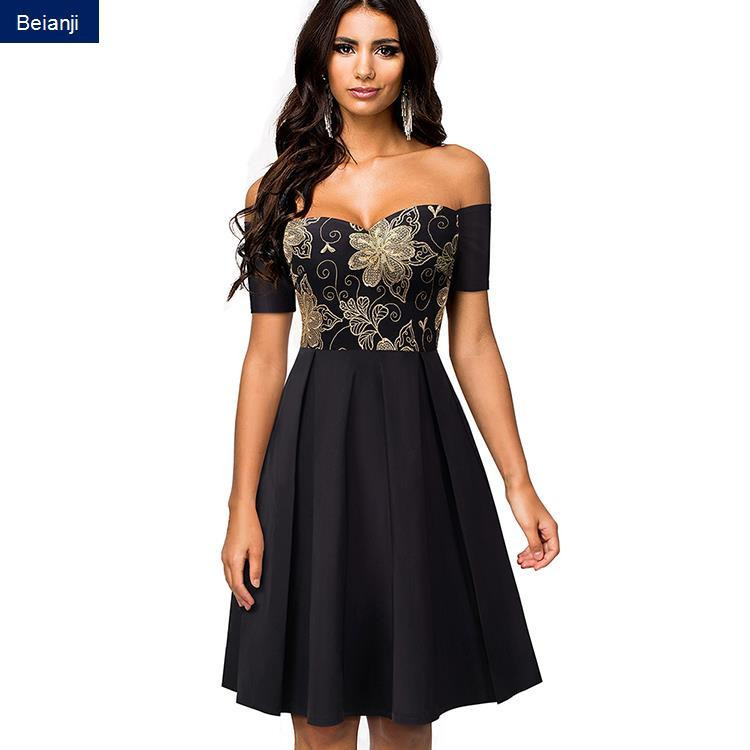Natural, chemical, artificial, synthetic fibres It's hard to find yourself in the jungle of textile materials! I thought it might be nice to summarize the main things to know to choose your clothes better. I will first show you the difference between the different fibres, and then I will tell you which ones to favour or avoid, if possible. To begin with, a little point on the different families of materials. There are two types of fibers: natural. .Natural fibers are produced from plants or animals: they are of the plant (cotton, linen) or animal (leather, wool) origin. They represent just over a third of the materials produced. The chemical fibres, which make up the remaining two-thirds, are either man-made or synthetic. Artificial fibres are produced by a chemical process, which consists, roughly, in dissolving the element of plant nature (wood cellulose, plant) in a solvent (especially caustic soda) then transforming this solution, by immersing it in an acid bath (yum). Synthetic fibres, for their part, come mostly from hydrocarbons (re-yum). I made a table to make it more concrete.
HOW TO LAUNCH YOUR CLOTHING LINE?
If you let fear hold you back, you're not going to get there. Fear is going to keep you in a phase where everything will be messy, or you will never feel like the time is right, and therefore you will never go for it.
You may be able to move forward a bit, but fear will prevent you from taking the whole step and going all the way. You have to accept the possibility of failure to get started and successfully get your business where you want it.
Underestimate the time needed
Before you push the reasoning further, you need to think about the commitment and how long it will take you. Another thing, you won't make a profit early in the project, so you need to know how long you can go without a profit before your clothing line starts to operate.
Calculate the time it will take you to launch the project and to be sure not to take any risks, multiply it by 2. Above all, do not think that you are going to be able to take this project lightly and regard it as a hobby. You need to understand what kind of project you are getting yourself into, and how involved you will need to be successful.
Tell yourself that we will do it later.
From the moment you measure the workload that it was going to require of you, get started, not tomorrow, not in a week, now!
You could spend years weighing the pros and cons of the idea. But make your decision now, do whatever it takes to complete the early stages of the project, and off you go!
UNDERSTANDING THE TEXTILE MARKET
It is essential to know the bazaar before you start create your clothing brand. The first step is to carry out a market study which will validate or not your creative project and which will then allow you to position yourself on the market.
Market research
The project is taking shape, you know where to lead it, and you have mapped out the route to follow. Then launch a market study, to check the validity of your idea in "real life". Number of clothing manufacturers for small orders are available in Asian countries
Observe the competition, the buying habits and the tastes of your target in terms of clothing, discuss with designers, increase the number of meetings be careful, stay silent about your own brand. It is a question of being curious and very observant, of increasing documentary research and field studies, focusing on the following points:
Position yourself in the textile market
Sportswear, chic, luxury, casual Who are you going to offer them to? Who will be your customers? Before drawing the models that will be all the rage, it is advisable to draw the lines of the project and to clearly distinguish the outlines. clothing manufacturers for small business are available easily
A well-defined positioning is essential to create its first collections, and especially to build the identity of the brand. Your positioning places you in the market, allows you to identify your competitors.
THE IDENTITY OF THE CLOTHING BRAND
After having apprehended and understood the textile market, it is necessary to define all the elements that will contribute to the identity of your brand.
The brand name is also very important. The name of your brand must be original but always consistent with the clothes you want to create but also with your future customers. A catchy name is more likely to leave an impression than a trivial name.
There are many competitors, how do you stand out from them? Once the positioning is well defined, it is wise to look at the competition: operation, ranges offered, communication strategy and you, what will you say?
HUMAN AND MATERIAL NEEDS
Human and material needs are often ignored or neglected before a company is formed. However, it is more important to be able to apprehend them, to accept their necessity as well as to quantify them.


